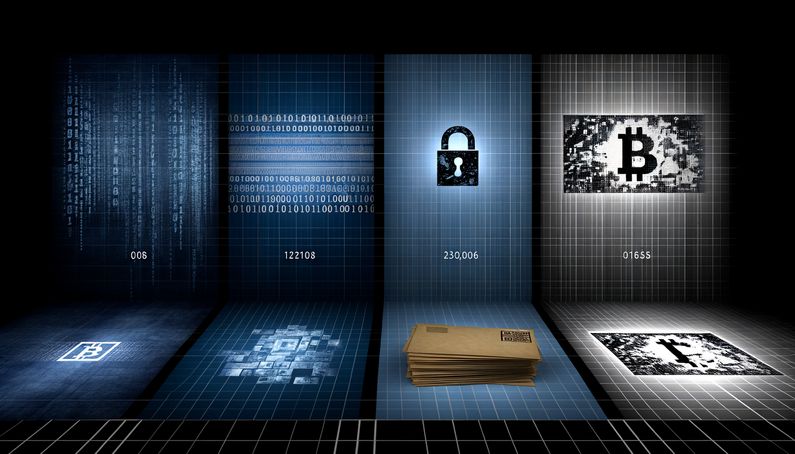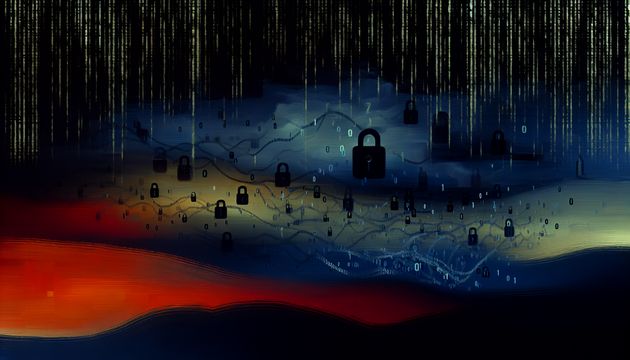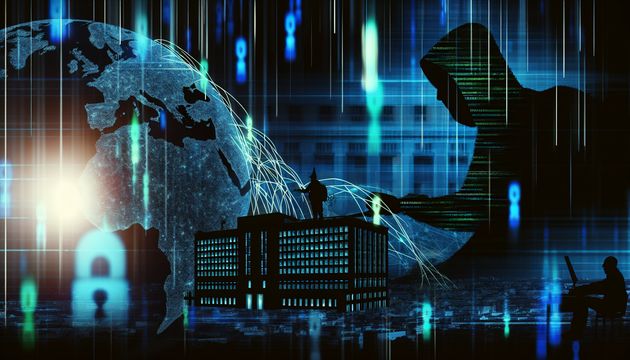
The Evolution of Ransomware Tactics: From Digital to Postal
Ransomware has long been a digital menace, encrypting files and demanding payments for decryption keys. However, a recent scam involving fake BianLian ransom notes sent via postal mail marks a significant shift in tactics. This novel approach underscores the adaptability of cybercriminals, who are now exploiting physical mail to bypass digital security measures and directly target executives. The scam’s use of physical letters, complete with ransom demands and Bitcoin payment instructions, highlights a blend of traditional and modern extortion techniques. This shift not only challenges existing cybersecurity protocols but also emphasizes the need for vigilance against both digital and physical threats.
The Evolution of Ransomware Tactics: From Digital to Postal
Transition from Digital Ransomware to Physical Mail
Ransomware has traditionally been a digital threat, with attackers using malware to encrypt victims’ files and demanding payment for decryption keys. However, the recent scam involving fake BianLian ransom notes represents a significant shift in tactics, moving from digital to physical mail. This change highlights the adaptability of cybercriminals in exploiting new avenues for extortion. The use of postal mail to deliver ransom demands is unusual, as ransomware groups typically prefer digital communication to maintain anonymity and efficiency. The shift to physical mail may be an attempt to bypass digital security measures and target executives directly, leveraging the perceived urgency and legitimacy of a physical letter.
Characteristics of the Fake BianLian Ransom Notes
The fake BianLian ransom notes are crafted to appear legitimate, with several features designed to convince recipients of their authenticity. Each note includes a ransom demand ranging from $250,000 to $500,000, a freshly generated Bitcoin address for payment, and a QR code for the Bitcoin address (BleepingComputer). Notably, the notes are tailored to the recipient’s industry, with claims of stolen data relevant to the company’s operations. For example, healthcare companies receive notes alleging the theft of patient and employee information, while product-based businesses are told customer orders and employee data have been compromised. This level of customization aims to increase the perceived threat and urgency of the demand.
Anomalies and Red Flags in the Scam
Several anomalies in the fake BianLian ransom notes raise red flags about their legitimacy. The language used in the letters is notably polished, which is uncharacteristic of the BianLian group’s previous communications (HackRead). Additionally, while the notes include links to BianLian’s legitimate data leak sites, these links are publicly accessible and do not indicate actual data breaches. The most significant anomaly is the use of postal mail, as ransomware groups typically avoid physical mail due to the risk of exposure. Furthermore, the Bitcoin wallet addresses provided in the notes are newly generated and show no previous association with ransomware activity. Investigations by security firms have found no evidence of network intrusions or data breaches in the organizations that received these letters.
Evolution of Ransomware Tactics
The evolution of ransomware tactics from digital to postal mail reflects broader trends in the cybersecurity landscape. Ransomware began in the 1990s as a crude form of digital extortion, with early attacks like the AIDS Trojan requiring victims to mail payments to a physical address. Over the years, ransomware has evolved into a sophisticated threat, employing advanced encryption, double-extortion tactics, and cryptocurrency payments. Double-extortion involves not only encrypting data but also threatening to release it publicly unless a ransom is paid. The use of physical mail in the fake BianLian scam represents a return to the roots of ransomware, albeit with modern twists such as the inclusion of Bitcoin addresses and QR codes.
Implications for Cybersecurity and Corporate Awareness
The fake BianLian ransom notes highlight the need for heightened awareness and vigilance among corporate executives and IT security teams. While the notes are fake, they serve as a reminder of the evolving tactics used by cybercriminals to exploit organizations. Security experts recommend that IT and security administrators notify executives about the scam to prevent unnecessary panic and resource expenditure (GuidePoint Security). This incident underscores the importance of comprehensive security measures that address both digital and physical threats, as well as the need for ongoing education and training to recognize and respond to emerging scams.
In summary, the fake BianLian ransom notes mailed to US CEOs represent a novel approach in the evolution of ransomware tactics, blending traditional physical mail with modern digital elements to create a convincing but ultimately fraudulent extortion attempt. This shift underscores the adaptability of cybercriminals and the need for organizations to remain vigilant against both digital and physical threats.
Conclusion
The fake BianLian ransom notes illustrate a novel evolution in ransomware tactics, blending physical mail with digital elements to create a convincing yet fraudulent extortion attempt. This approach highlights the adaptability of cybercriminals and the necessity for organizations to remain vigilant against both digital and physical threats. Educating executives about such scams is crucial to prevent unnecessary panic and resource expenditure. The incident serves as a reminder of the ever-evolving nature of cyber threats and the importance of comprehensive security measures that address all potential vulnerabilities.
References
- BleepingComputer. (2024). Fake BianLian ransom notes mailed to US CEOs in postal mail scam. https://www.bleepingcomputer.com/news/security/fake-bianlian-ransom-notes-mailed-to-us-ceos-in-postal-mail-scam/
- HackRead. (2024). Scammers mailing ransom letters in BianLian ransomware scam. https://hackread.com/scammers-mailing-ransom-letters-bianlian-ransomware/
- SOCRadar. (2024). The evolution of ransomware: From simple encryption to double extortion tactics. https://www.socradar.io/the-evolution-of-ransomware-from-simple-encryption-to-double-extortion-tactics/



